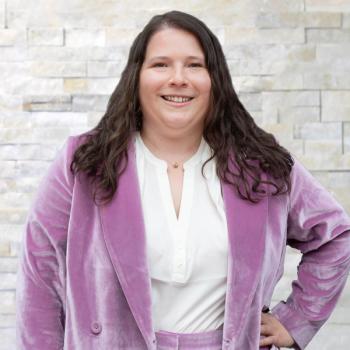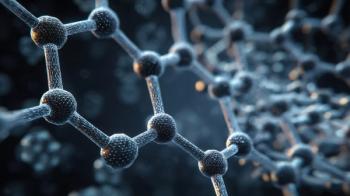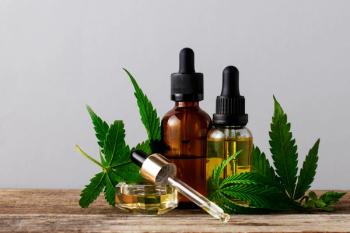
Researchers Determine the Smell of Skin Cancer Using GC-MS Techniques
Researchers from the Monell Center (Philadelphia, Pennsylvania) used GC-MS techniques to sample air above basal cell tumors and found a different profile of chemical compounds compared to the skin in healthy people. Human skin has many airborne chemical molecules known as VOCs, many of which have odors.
Researchers from the Monell Center (Philadelphia, Pennsylvania) used GC-MS techniques to sample air above basal cell tumors and found a different profile of chemical compounds compared to the skin in healthy people. Human skin has many airborne chemical molecules known as VOCs, many of which have odors. To find the changes related to cancer, the researchers first had to identify the standard profile for VOCs and determine whether it varies depending on age, gender, or body site. Their published research focuses on air sampled above two skin sites ? the forearm and the upper back- in 25 healthy men and women aged 19 to 79. The GC-MS methods helped to identify nearly 100 different chemical compounds coming from skin. The study shows odors from skin can be used to identify basal cell carcinoma, the most common form of skin cancer, and may lead to the development of new ways to find skin cancers at very early stages.
Newsletter
Join the global community of analytical scientists who trust LCGC for insights on the latest techniques, trends, and expert solutions in chromatography.




